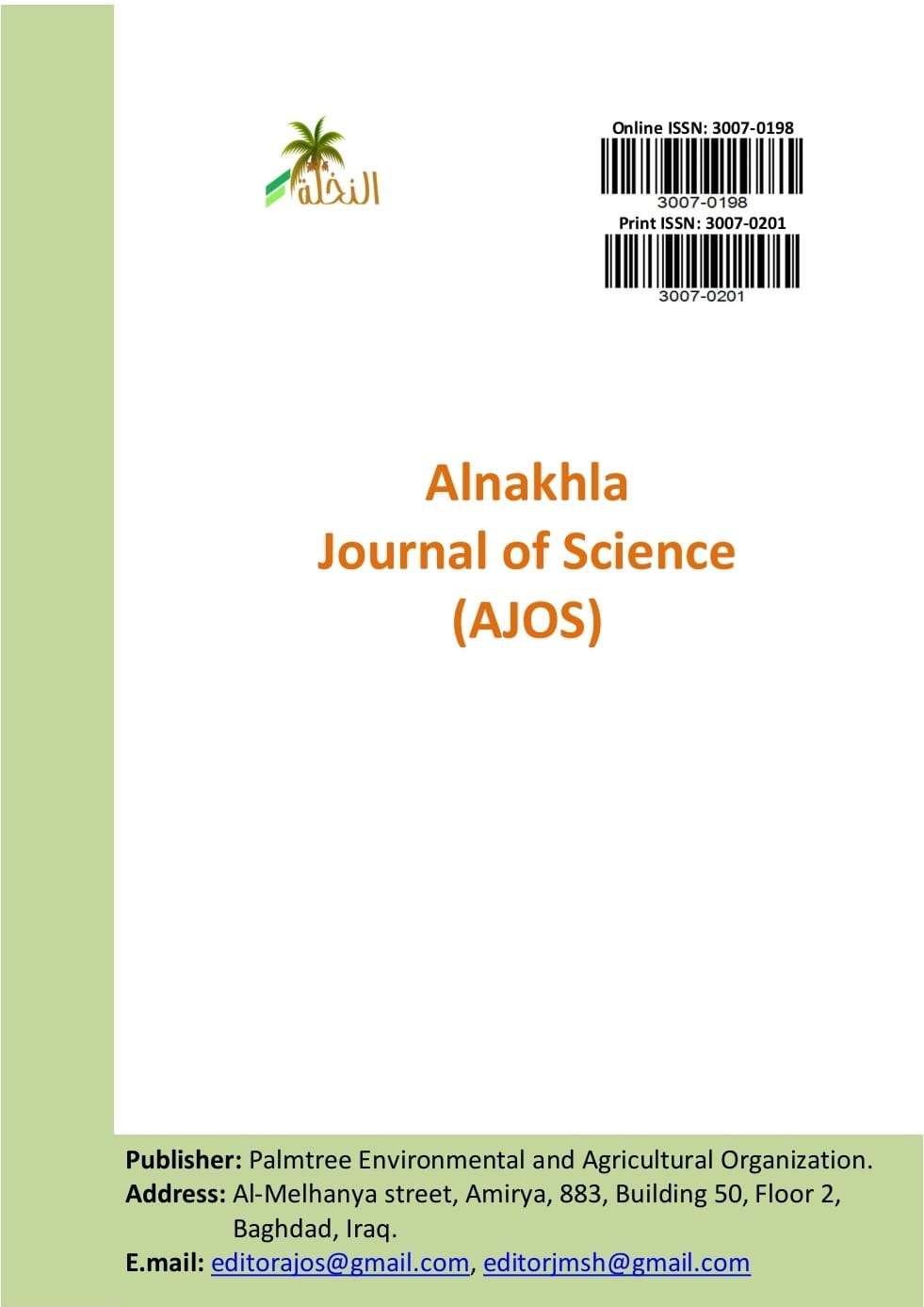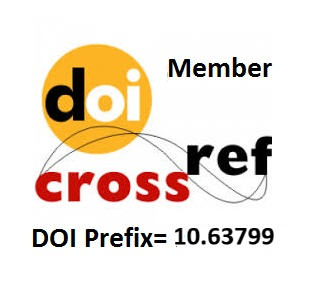The effect of potassium fertilization and spraying with nano-iron oxide on the growth, flowering, and mineral content of dwarf rose plants Rosa Pygmaea L.
تأثير التسميد البوتاسي والرش بأوكسيد الحديد النانوي في نمو وازهار والمحتوى المعدني لنبات الورد القزمي Rosa Pygmaea L.
Keywords:
Dwarf rose, Potassium fertilizer, Nano-iron oxide.Abstract
The study was conducted in the wooden canopy of the Department of Horticulture and Landscape Engineering, College of Agriculture, Tikrit University during the agricultural season 2022-2023, with the aim of knowing the effect of adding potassium and spraying with nano-iron oxide on the growth and flowering of the dwarf rose Rose Pygmaea L. The experiment was carried out with two factors, the first factor was spraying with iron oxide. The nanoparticles at three concentrations (100.50.0) mg L-1 and the second factor potassium fertilizer at four concentrations (5.3.1.0) g L-1 according to the Randomized Complete Block Design (RCBD) and with three replications. The results are summarized as follows. The addition of potassium fertilizer had a significant effect on the characteristics of vegetative, flowering, and mineral growth, and the K4 treatment (addition of 5 gm. L-1) gave the highest averages in terms of the percentage of dry matter of the shoot, the percentage of dry matter of the root system, the number of flowers, and the concentration of potassium, nitrogen, phosphorus, and iron. In plant leaves, it amounted to (46.652)%, (43.694)%, (3.533)plant flowers-1, (3.533)%, (2.566)%, (0.204)% and (88.662)mg g-1, respectively, compared to the lowest rates for the traits. Mentioned above for comparison treatment. Spraying treatment with nano-iron oxide, Fe3, at a concentration of (100) mg g-1, gave the highest rates of the above-mentioned characteristics, but its effect on the characteristics was less than that of potassium. As for the Fe3K4 interference treatment, it gave the highest rates of the above-mentioned characteristics, and had a more positive effect than potassium and nano-iron oxide. The trait rates are as follows: (50.747)%, (47.890)%, (4.456)plant flower-1, (3.300) %, (3.183) %, (0.233) % and (103.480)mg. g-1 respectively compared to the control treatment.


